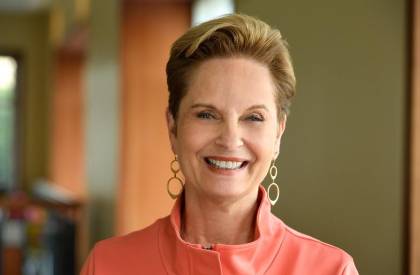Steph Weber
Medscape.com
Originally posted 4 August 23
A new lawsuit alleges that Cigna uses artificial intelligence (AI) algorithms to inappropriately deny "hundreds or thousands" of claims at a time, bypassing legal requirements to complete individual claim reviews and forcing providers to bill patients in full.
In a complaint filed last week in California's eastern district court, plaintiffs and Cigna health plan members Suzanne Kisting-Leung and Ayesha Smiley and their attorneys say that Cigna violates state insurance regulations by failing to conduct a "thorough, fair, and objective" review of their and other members' claims.
The lawsuit says that instead, Cigna relies on an algorithm, PxDx, to review and frequently deny medically necessary claims. According to court records, the system allows Cigna's doctors to "instantly reject claims on medical grounds without ever opening patient files." With use of the system, the average claims processing time is 1.2 seconds.
Cigna says it uses technology to verify coding on standard, low-cost procedures and to expedite physician reimbursement. In a statement to CBS News, the company called the lawsuit "highly questionable."
The case highlights growing concerns about AI and its ability to replace humans for tasks and interactions in healthcare, business, and beyond. Public advocacy law firm Clarkson, which is representing the plaintiffs, has previously sued tech giants Google and ChatGPT creator OpenAI for harvesting internet users' personal and professional data to train their AI systems.
According to the complaint, Cigna denied the plaintiffs medically necessary tests, including bloodwork to screen for vitamin D deficiency and ultrasounds for patients suspected of having ovarian cancer. The plaintiffs' attempts to appeal were unfruitful, and they were forced to pay out of pocket.
(cut)
Last year, the American Medical Association and two state physician groups joined another class action against Cigna stemming from allegations that the insurer's intermediary, Multiplan, intentionally underpaid medical claims. And in March, Cigna's pharmacy benefit manager (PBM), Express Scripts, was accused of conspiring with other PBMs to drive up prescription drug prices for Ohio consumers, violating state antitrust laws.
Cohen says he expects Cigna to push back in court about the California class size, which the plaintiff's attorneys hope will encompass all Cigna health plan members in the state.






